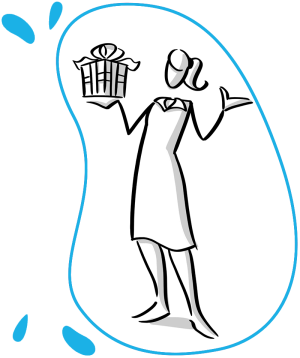Certification alone does not make you a good product owner. Rather, the courses offer the basis for the technical consolidation of the product knowledge already acquired. At the Agile Academy, we offer opportunities for each type of learner to deepen and improve their skills. For example, there is a long list of recommended books for autodidacts or the opportunity to participate in the Agile100 online conference free of charge and get inspired. There are also video materials and further recommendations in the knowledge area.
In addition, there are a number of further training opportunities to help you develop your skills. In addition to paid training sessions on special deep dives for product owners, such as design thinking, business model design or visualizations, there are also thematic deep dives.
After you have gained the first experiences as a Product Owner, you can attend the Advanced Certified Scrum Product Owner® certification course. Prerequisites are a (re-)certification not longer than two years ago and at least one year of active work as a Product Owner.
The Advanced Certified Scrum Product Owner certification is therefore aimed at experienced product owners who want to deepen their knowledge or prepare themselves for further tasks, such as a Chief Product Owner role.
Even without paid further training, you can constantly improve and learn more. A gladly chosen possibility are the so-called Lean Coffees or Scrum tables. Both events are offered regularly in all major cities in Germany and allow a deeper engagement with the topic. In addition, SEUs can be purchased at the full evening Scrum tables.
The professional exchange is extremely important for product owners. Together with others, questions can be clarified and challenges can be mastered which, especially as the sole product owner in the company, cannot be solved so easily.






